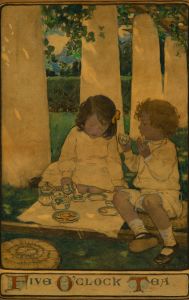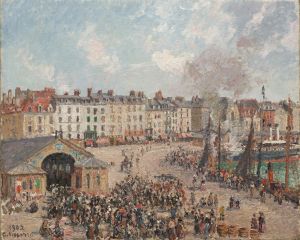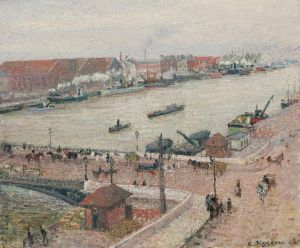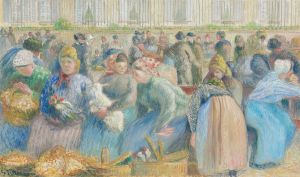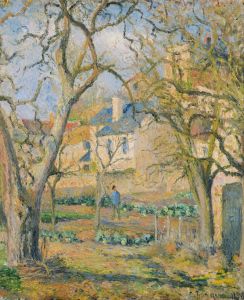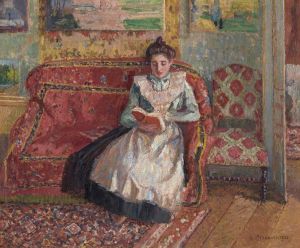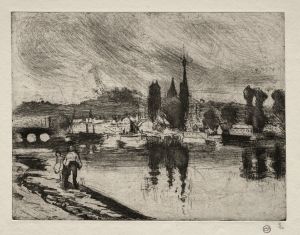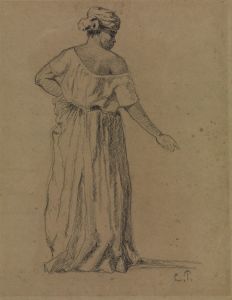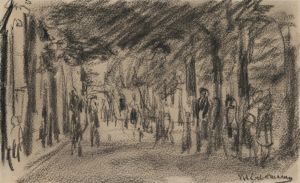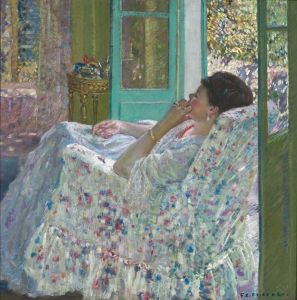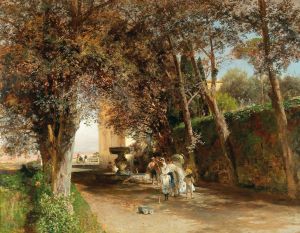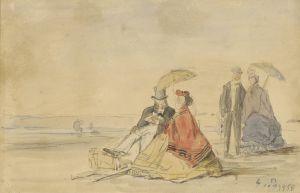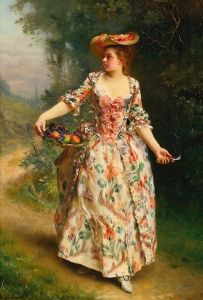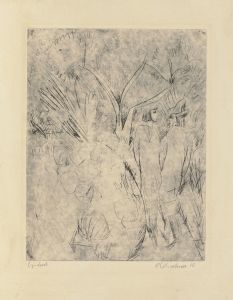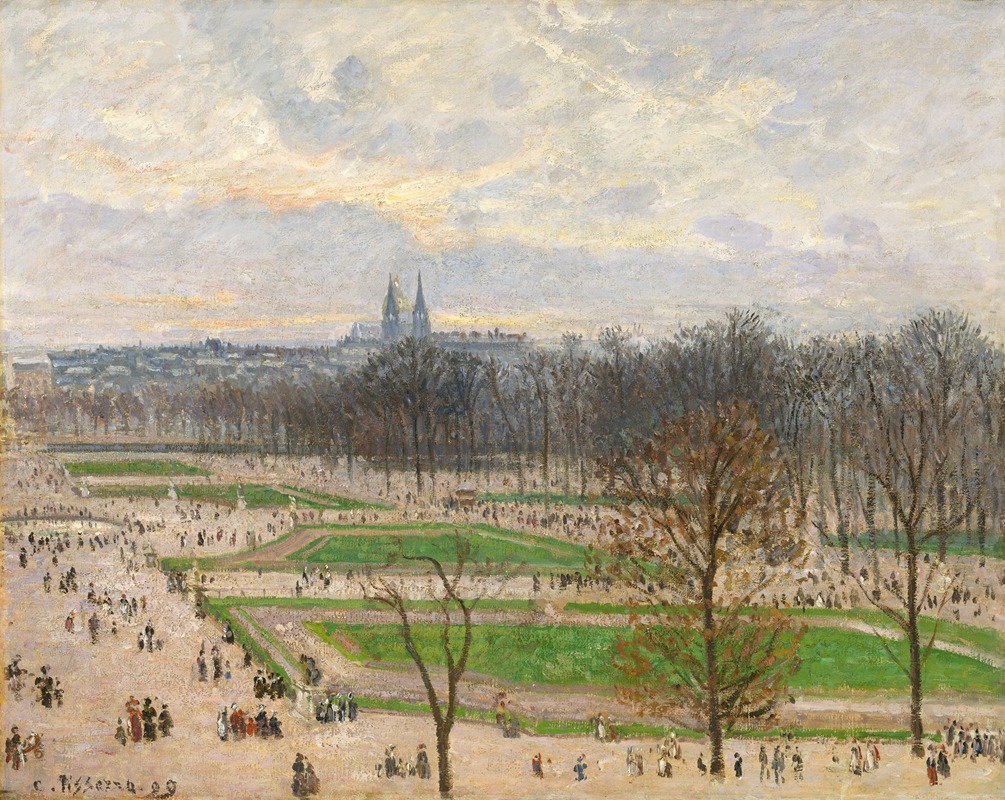
The Garden of the Tuileries on a Winter Afternoon
A hand-painted replica of Camille Pissarro’s masterpiece The Garden of the Tuileries on a Winter Afternoon, meticulously crafted by professional artists to capture the true essence of the original. Each piece is created with museum-quality canvas and rare mineral pigments, carefully painted by experienced artists with delicate brushstrokes and rich, layered colors to perfectly recreate the texture of the original artwork. Unlike machine-printed reproductions, this hand-painted version brings the painting to life, infused with the artist’s emotions and skill in every stroke. Whether for personal collection or home decoration, it instantly elevates the artistic atmosphere of any space.
"The Garden of the Tuileries on a Winter Afternoon" is an oil painting created by Camille Pissarro in 1899. Pissarro, a Danish-French Impressionist and Neo-Impressionist painter, is renowned for his contributions to both movements and his influence on the development of modern art. This particular painting is a part of his series of works depicting urban scenes in Paris, showcasing his interest in capturing the effects of light and atmosphere in different settings and times of day.
The painting illustrates the Tuileries Garden, a public garden located between the Louvre Museum and the Place de la Concorde in Paris. This garden has been a significant location in Parisian culture and history, serving as a place of leisure and social gathering for centuries. Pissarro's depiction of the garden during winter provides a unique perspective on this iconic location, highlighting the serene and subdued beauty of the scene.
In "The Garden of the Tuileries on a Winter Afternoon," Pissarro employs his characteristic Impressionist style, using loose brushwork and a soft color palette to convey the tranquil atmosphere of the winter afternoon. The painting captures the muted tones of the season, with bare trees and a pale sky, suggesting a sense of calm and quiet. The composition is carefully structured, with the garden's pathways and trees leading the viewer's eye through the scene, creating a sense of depth and perspective.
Pissarro's choice to paint this scene in winter is significant, as it allows him to explore the subtle variations in light and color that are often overlooked in more vibrant seasons. The winter setting also emphasizes the architectural elements of the garden, such as the statues and pathways, which stand out against the subdued background. This focus on structure and form is a testament to Pissarro's skill in capturing the essence of a scene through his keen observation and artistic technique.
Throughout his career, Pissarro was known for his dedication to painting en plein air, or outdoors, which allowed him to observe and depict the natural world with immediacy and authenticity. This approach is evident in "The Garden of the Tuileries on a Winter Afternoon," as the painting conveys a sense of spontaneity and directness that is characteristic of his work. Pissarro's ability to capture the fleeting effects of light and atmosphere is a hallmark of his style and contributes to the painting's enduring appeal.
The painting is part of a larger body of work in which Pissarro explored urban landscapes, particularly in Paris. His interest in cityscapes was partly influenced by his interactions with other Impressionist artists, such as Claude Monet and Edgar Degas, who also depicted modern life in their work. Pissarro's urban scenes often focus on the interplay between natural and man-made elements, reflecting his fascination with the changing environment of the city.
Today, "The Garden of the Tuileries on a Winter Afternoon" is held in the collection of the Metropolitan Museum of Art in New York City. It remains a significant example of Pissarro's ability to capture the essence of a moment through his masterful use of color, light, and composition. The painting continues to be appreciated for its serene beauty and its insight into the artist's vision of the world around him.





